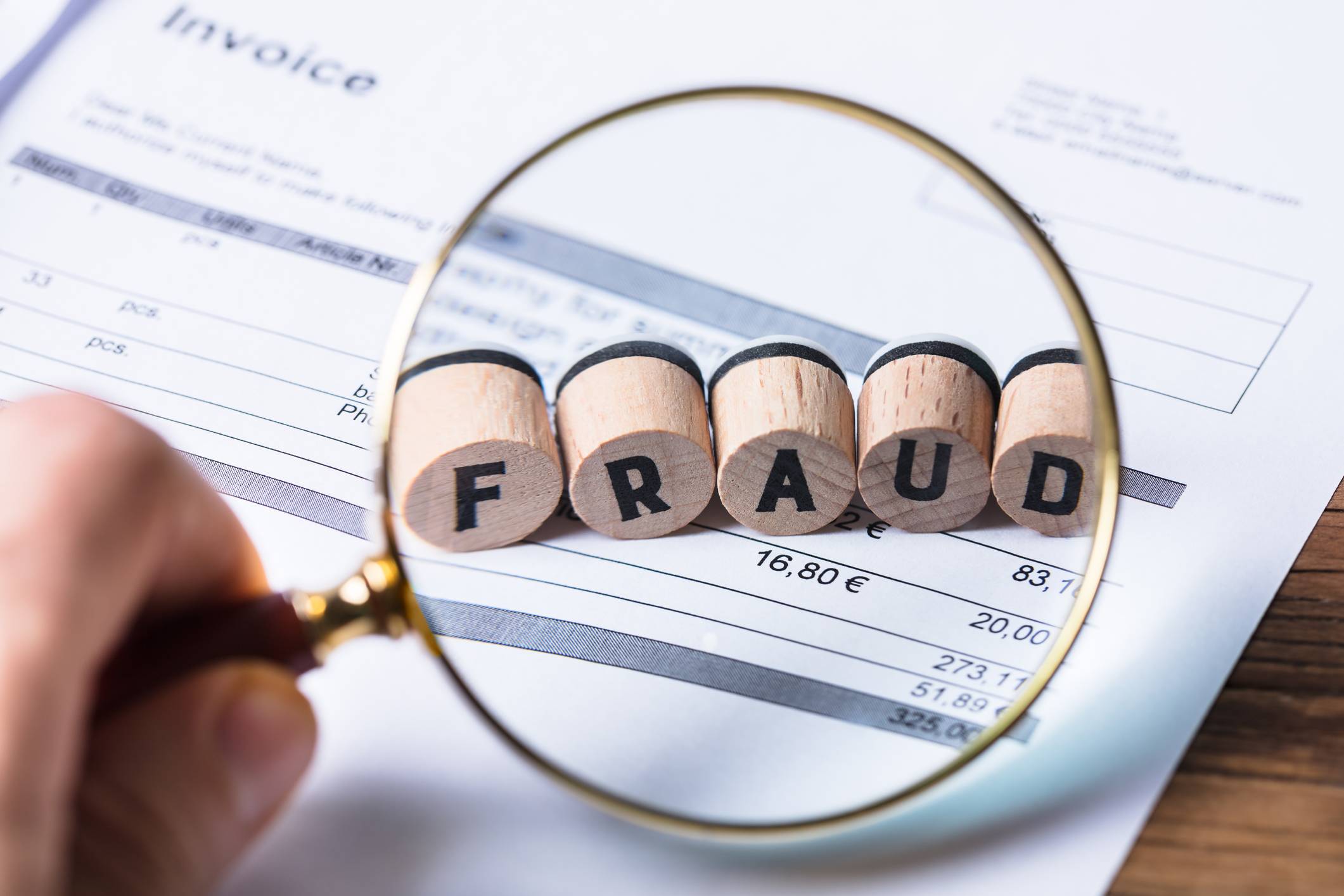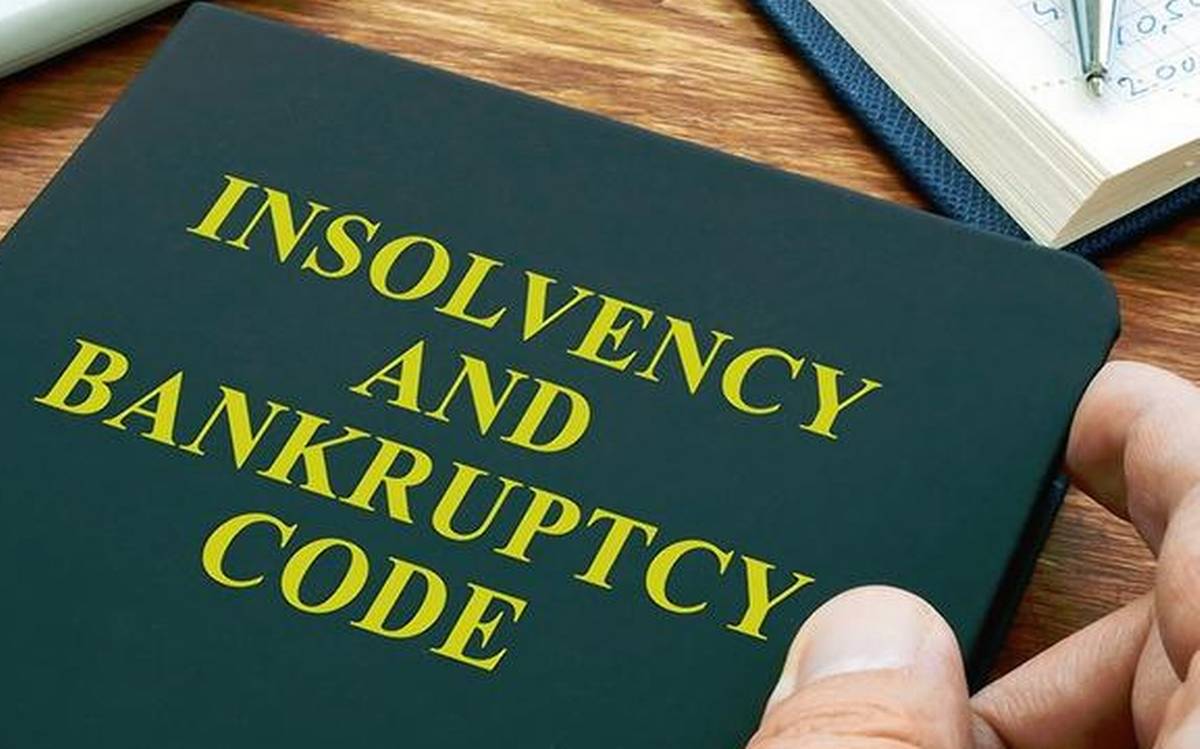
Legal Due Diligence – Things to Keep in Mind Before Devising
Legal due diligence is the process of studying a company’s documentation and interviewing its workers in order to do research and analysis on it. Its goal is to gather information about the company in order to guarantee that the investment or purchase is worthwhile by disclosing key facts and potential liabilities. This might aid the business in making a better-educated selection.
Due diligence is typically undertaken while preparing for a merger, acquisition, public offering, joint venture, or other transaction, and it focuses on intellectual property, technical features, financial statements, and other areas of the firm.
Thorough due diligence research necessitates precise information about a company’s legal and financial responsibilities, management and employment concerns, tangible and intangible assets, contracts, existing litigation, and business strategy, among other things. Further, it requires the preparation of comprehensive and customized checklists detailing specific questions that can elucidate information needed for a better understanding of the business.
The checklist must include:
- Corporate Documents of the Business and its Subsidiaries
- Undertaking and declaration to be obtained
- Contracts and Agreements
- Legal Obligations
- Debt Obligations
- Trade union and Labour relations
- Financial Information
- Title to Property and Real Estate
- Insurance
- Undisclosed Liabilities
- Taxation
- Governmental Regulations
- Employees and Related Parties
- Exchange control
- Statutory Documents
- Products and Equipment
- Environmental Matters
- Intellectual Property
- Others
Legal due diligence not only aids in making educated business decisions, but also assists the firm in better understanding its business and worth in terms of assets, agreements, and any dangers that may stymie the transaction. Further, the information gathered during the due diligence process can lend support to the drafting and negotiations process and give an unbiased legal expert’s opinion to the buyer and the seller company.
The disadvantage of Due Diligence investigations is that they are sometimes met with opposition from companies that are guilty of engaging in questionable business practices, and the outcome of the process may be skewed by those who stand to profit personally or professionally from the proposed activity.
As a result, businesses must be wary of such careless or faulty attitudes, because an ineffective Due Diligence process can cost organizations severe harm with far-reaching implications for the firm’s reputation.
Tags: legal diligence, due diligence law, diligence lawyers, legal due diligence, diligence in law, legal due diligence process, potential liabilities, due diligence law firm










